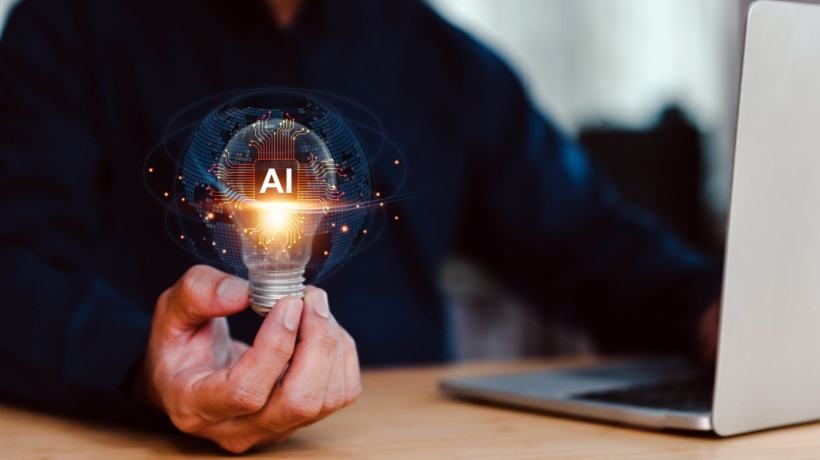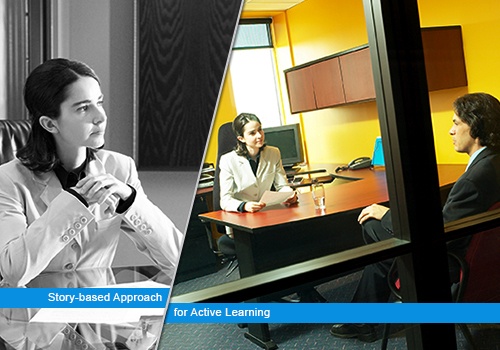Learning Strategy And Design
Organizations must prioritize workforce development at the top of their to-do list to thrive and excel in the global business environment. Adopting the right learning strategy and design is crucial for developing employees' ability to acquire new skills and knowledge, enabling them to keep pace with technological changes in business and meet the demands of the market and the organization. Apart from merely bridging the skills gap, a well-thought-out learning strategy and design is also a driver of the learning culture, leading to continuous learning, engagement, and organizational growth. This article explores various ways to introduce innovation, drawing on insights from strategy and design leaders on the concepts of workforce transformation, supported by insights from industry thought leaders.
The Importance Of A Learning Strategy
A learning strategy is a document that helps a company develop its employees in line with the organization's strategic objectives. It includes the assessment of current workforce capabilities, the identification of future skill requirements, and the preparation of learning interventions tailored to specific targets.
Learning design, in contrast, refers to the process of creating engaging, efficient, and inclusive learning experiences that cater to the diverse needs of learners. Together, they ensure that workforce development is purposeful, measurable, and aligned with business goals.
According to a McKinsey report, 42% express interest in upskilling or report that they are currently seeking opportunities for upskilling. But within particular cohorts, interest in upskilling is even higher, revealing pockets of eagerness and motivation that could be intriguing for employers. In addition, research conducted by Deloitte revealed that learning organizations with high performance are 92% more likely to be successful in launching innovative products and 46% more likely to be the first in the market with such products or services. These statistics underscore the value of a learning strategy and design in fostering a culture of innovation and responsiveness.
Aligning Learning Strategies With Organizational Goals
The first thing that good learning strategies should do is help the company reach its goals. The learning approach should serve its goals, whether they are to boost productivity, lead digital transformation, or enhance customer satisfaction. The ACADEMIES (alignment, co-ownership, assessment, designing, execution, measurement, integration, enablement, system application) framework emphasizes the essence of learning and organizational development strategy. It has nice major components, ensuring interaction between Learning and Development (L&D) and the broader organizational plans, rather than existing as separate entities.
For instance, a learning strategy for a company undergoing digital transformation should prioritize developing digital literacy and technical skills. The learning culture at Google is a clear example of such an approach, particularly through its program, "g2g" (Googler-to-Googler), where participants achieve 80% completion of tracked training by sharing ideas with their peers [1]. This method has enabled Google to remain at the forefront of the technology industry while also providing employees with growth opportunities.
Conducting A Thorough Needs Assessment
One of the crucial steps in creating an effective learning strategy and design is conducting a needs assessment. Through this approach, the existing skills of employees are evaluated, future requirements are identified, and gaps are pinpointed. A gap analysis is the most important part of the process. The lack of current job-related skills or credentials is the primary reason employees do not seek high-wage positions. This underlines the need for employers to be well aware of their employees' capabilities in order to provide targeted support.
Many studies suggest that managers and employees should be approached through surveys, interviews, or focus groups to identify and address knowledge gaps. Determining roles, understanding the state of the industry, and anticipating future needs can help employers prepare for the learning process within their company. For example, many executives report unmet skills needs within the company, underscoring the necessity to address these gaps through L&D initiatives via timely and strategic interventions.
Customization And Multimodal Learning
One-size-fits-all learning solutions are a thing of the past. Personalization is at the core of modern learning strategy and design, allowing organizations to tailor experiences around individual learner needs. Many organizations endorse multimodal learning. This approach guides learners through various methods, including eLearning, workshops, on-the-job training, and mentoring, to cater to diverse learning preferences. Moreover, this approach serves as an effective solution to engagement and knowledge retention. Using a digital badging system enables organizations not only to identify and validate employee skills but also to celebrate individual achievements by offering personalized credentials.
Integrating Learning Into The Workflow
Learning incorporated into day-to-day work can have a dramatic impact on workforce development. According to research, investing in knowledge management practices, developing employee resilience, and enhancing functional flexibility can help organizations improve their competitiveness, promote growth and innovation, and enhance their employees' well-being and job satisfaction. For instance, methods such as rotating jobs and dedicated self-learning time are effective ways to gain hands-on experience in the real world.
One example that falls under this category is Google's 20% time policy. The policy allows Google employees to spend 20% of their working week on personal projects. This policy has led to the creation of projects like Gmail and Google News, thereby demonstrating that combining learning and work is beneficial for generating ideas.
Leveraging Technology For Learning Innovation
Technology is a crucial element in the design and strategy of the current learning environment. AI-infused tools, Learning Experience Platforms (LXPs), and learning hubs are emerging as the key enablers of individual and scalable learning journeys. The 2025 Workplace Learning report by LinkedIn says that future-facing organizations are embracing generative AI adoption and career development as "a unified strategy" for agility [2]. By personalizing the learning experience, creating learning opportunities at scale, and evaluating their performance, organizations can leverage digital platforms to help bridge the gap between state-of-the-art instructional technology for learning and outcomes.
Furthermore, a culture of continuous learning is undoubtedly one of the fundamental aspects that both individuals and organizations must foster to drive their growth. Companies that nurture their learning culture capitalize on new opportunities much faster and stay competitive. Projects such as Google's g2g program and HubSpot's Free Books Program are excellent examples of what can be achieved, where employees are allowed to research and contribute to the company's knowledge base.
Measuring The Impact Of Learning Strategies
To validate the performance of learning strategies, Learning and Development professionals should evaluate their effectiveness through Key Performance Indicators (KPIs), such as skill acquisition rates, employee engagement scores, and productivity metrics. The McKinsey Organizational Health Index reports that learning contributes significantly to overall organizational vitality, with a performance metric increase of at least three times for companies with a strong culture of continuous improvement.
Furthermore, as discussed earlier, providing digital badges to learners can make their skills progress very visible and validate their training. By placing the measurement aspect at the center of the learning strategy, organizations can adjust and reach targets while ensuring a process consistent with their business objectives.
Conclusion
Workforce development that enhances employee productivity and capability through strategic learning will distinguish industry leaders from laggards. It should be the foremost strategic priority for any enterprise that aspires not only to survive but also to thrive in an ever-changing business environment.
References:
[1] Create an employee-to-employee learning program
[2] Workplace Learning Report 2025: The rise of career champions








